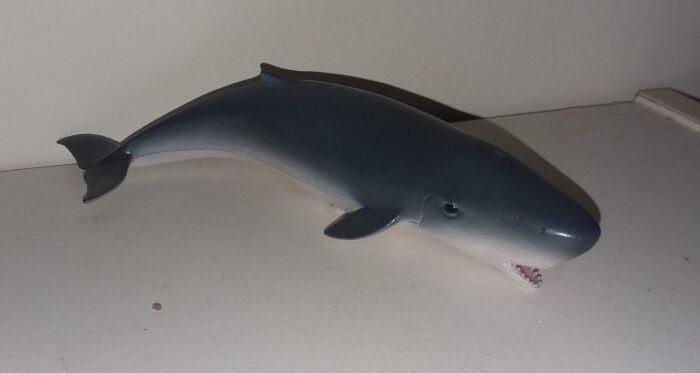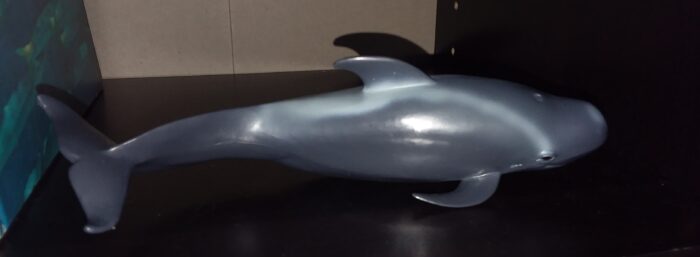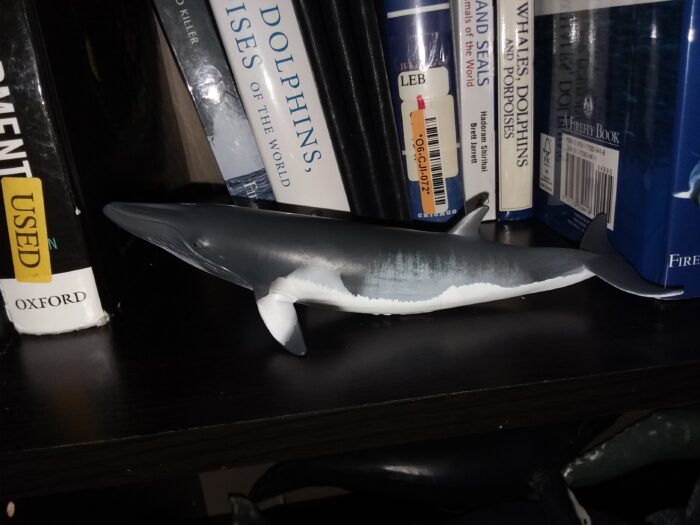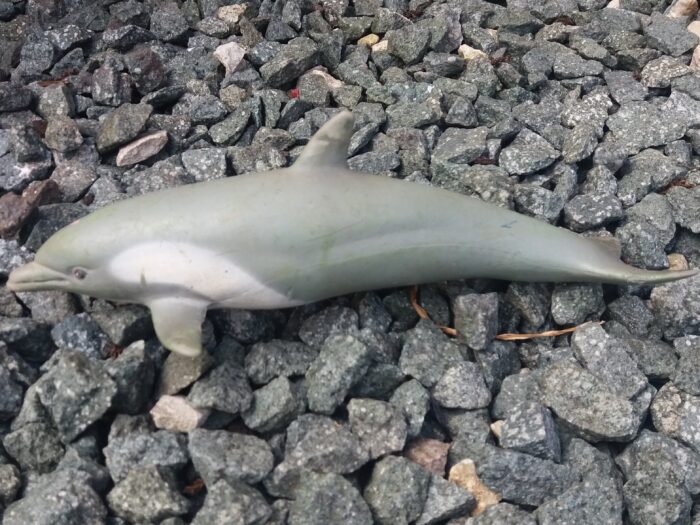Review and images by callmejoe3; edited by bmathison1972
Our latest cetacean review will shift its attention to a long-overlooked species, the pygmy sperm whale (Kogia breviceps). The cetacean clade ‘’Physeteroidea’’, is one of the oldest lineages within the odontocete order. Its only extant members are the sperm whale (Physeter macrocephalus) and the species within the Kogia genus.















